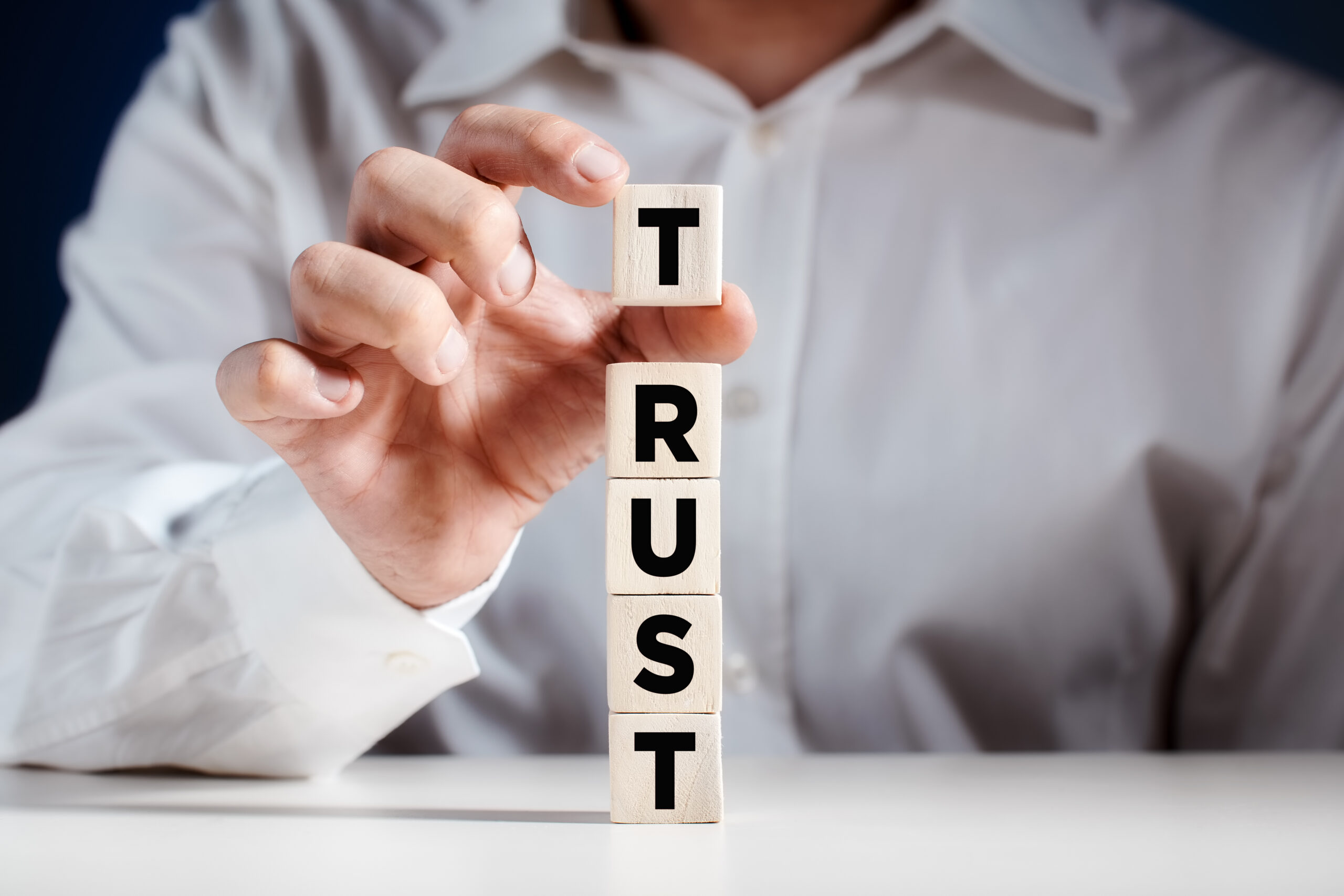With more people than ever working remotely, it feels like we have been in a lot more meetings than normal in 2020. The desire to sync up with your team more often when we are all working from our separate homes makes sense, but few things elicit a collective groan as much as telling people they have to attend yet another work meeting.
Everyone knows how uninspiring and unproductive work meetings often are.
Why?
There could be many reasons.
Maybe there’s no agenda.
Topics wander all over the place.
No summary notes are taken.
The wrong people are invited, and those who are often talk over each other instead of to each other.
Things not covered are pushed to the next meeting—and sometimes that next meeting is often just a rehash of the last one.
The good news: meetings can be powerful. Done right, your meetings will add more productivity and value to your organization, and people will actually want to attend meetings because its where strategies are crafted, direction is set, and decisions are made.
How do you make a meeting great? Start it with a P-O-W.
That is, start your meetings by making sure everyone on the call understands the Purpose, the Outcomes, and the Why for that meeting. These “POW” influences the people you invite and sets a baseline for their participation. Here is an example:
- PURPOSE: The meeting was called to finalize budget recommendation.
- OUTCOME: To have the final department budget ready to submit for corporate budget review.
- WHY: “We were over budget last year and unfortunately that’s why we didn’t get approval for additional headcount. Let’s make sure that we plan well and ask for what we need.”
But what about teleconferencing? How do you start the meeting with a POW even when it is taking place across many locations at once? There are several techniques and tactics to try that will help your meetings go smoothly so you can focus on the POW impact.
Remote working tips
- Send all materials and reference documents in advance; no wonder we are not getting as much done in our regular meetings when we spend the first few minutes sending items and waiting for the things others sent to appear in our inboxes!
- Begin with the agenda and meeting ground rules. Get the “P” in POW on the table right from the onset!
- Take roll call and identify yourself when you speak; things shared in a meeting are important not just because of what is being said but also who is saying it. Making sure everyone on the call knows who is who, and who is speaking at a given time, will cut off much potential confusion or misunderstanding that can get in the way down the road.
- Use the mute button when listening, or simply stay on mute when you are not speaking. Avoid heavy breathing or background noises that are distracting to others on the call.
- Pause after making a point to give others the room to comment.
- Learn the key features of your teleconference provider, such as security, subconferencing capabilities (allowing the meeting to break out into subgroups), and so forth.
- Avoid using gestures when you speak. You might not realize you’re using your hands to emphasize your words, but either you’re on the phone where no one can see them or you’re in a videoconference where a good portion of the attendees didn’t see it on their screen (or maybe the gesture was outside of your camera frame), so don’t rely on nonverbal cues to make your points.
- If you are dialing in via your cell phone, there are a few unique things to watch out for or do to make the call productive:
- Disable call-waiting by dialing *70 before placing the call.
- Speak directly into the handset as opposed to on speakerphone if possible.
- Do not place the call on hold if your phone system plays hold music! If you are not sure if this applies to your phone, test it out beforehand.
If you want to improve your meetings no matter where you are, make them POW-erful.
Learn many more tips like these and gain access to helpful exercises that will level up your meetings in the POW-erful Meetings workbook by Becky Jarrell, available now at Amazon.



